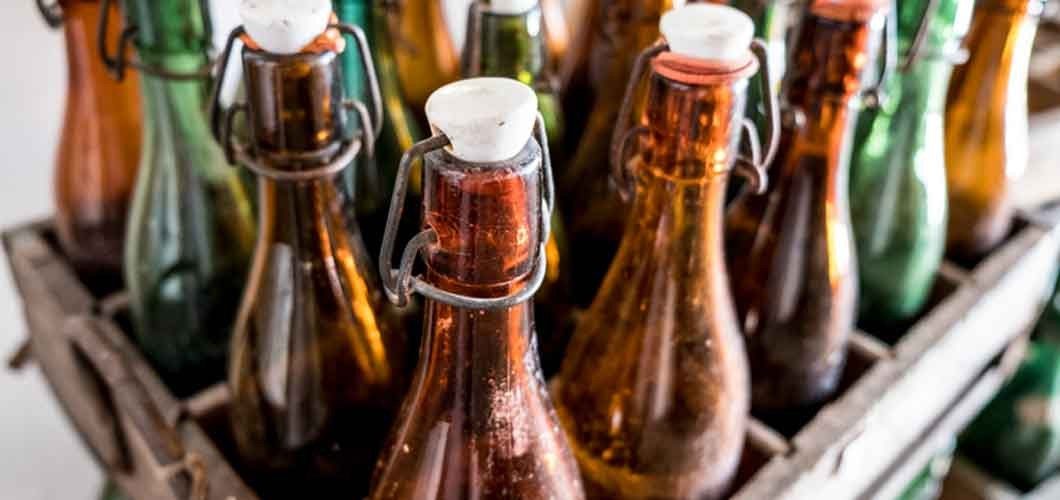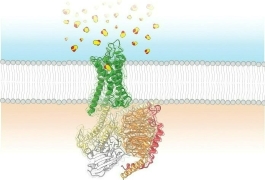100-Year-Old Beer Yields Clues to Old Brewing Practices

Stashed away and long-forgotten, a trio of century-old bottled beers recently discovered in the Czech Republic could help researchers better understand early 20th-century brewing practices along with chemical changes that occur in beer over long periods of time. A report on the well-preserved lagers appears in ACS Journal of Agricultural and Food Chemistry.
Uncovered in 2015 during the reconstruction of an old brewery, the bottled lager beers were produced during World War I and stored in the brewery’s cold cellar. Taking advantage of this unique discovery, Jana Olšovská and colleagues sought to produce detailed chemical profiles of these 100-year-old beers to determine the long-term effects of lager beer aging.
Initial sensory analyses revealed that the beers ranged from intensely sulfuric to sour, and they had off-flavors that ranged from fecal to fruity. Using high performance liquid chromatography, mass spectrometry, and other techniques, the researchers compared the beers’ features to those of modern day brews. For example, the century-old beers had higher alcohol content and were less bitter. They also contained more iron, copper, manganese, and zinc. There was evidence of the particular yeasts used to make each of the beers in addition to bacterial and fungal contaminants. The researchers conclude that chemical changes to two of the beers were likely caused by microbial contaminants while the third beer, which was better preserved, offered the best insights into the older brews' natural aging processes.
The authors acknowledge funding from the Ministry of Agriculture of the Czech Republic and Ministry of Education Youth and Sports of the Czech Republic.
Read more about the research: Analysis of 100-Year-Old Beer Originated from the Czech Republic, J. Agric. Food Chem., 65 (16), pp 3341–3350, doi: 10.1021/acs.jafc.6b05706




